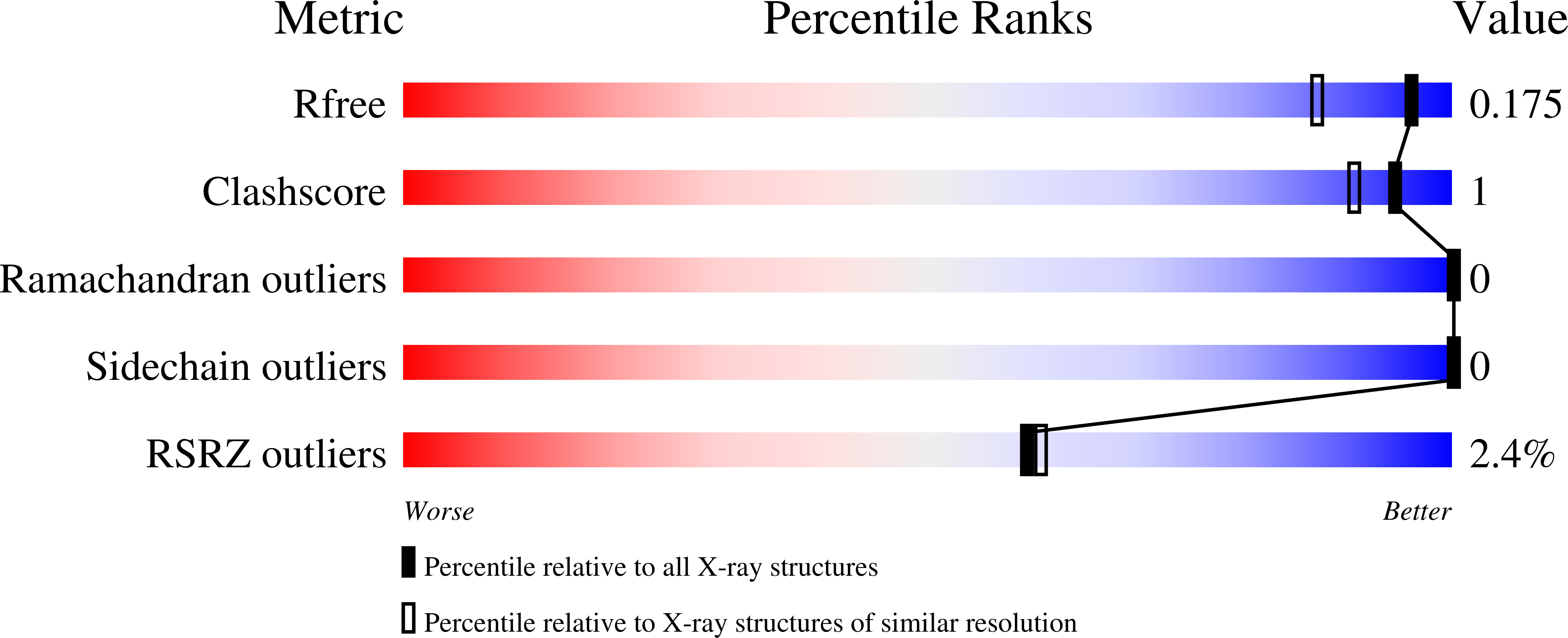
Deposition Date
2024-08-16
Release Date
2025-07-02
Last Version Date
2025-09-10
Entry Detail
PDB ID:
9D7J
Keywords:
Title:
Clostridium acetobutylicum alcohol dehydrogenase bound to NADP+
Biological Source:
Source Organism:
Clostridium acetobutylicum (Taxon ID: 1488)
Host Organism:
Method Details:
Experimental Method:
Resolution:
1.39 Å
R-Value Free:
0.17
R-Value Work:
0.13
R-Value Observed:
0.14
Space Group:
P 21 21 21


